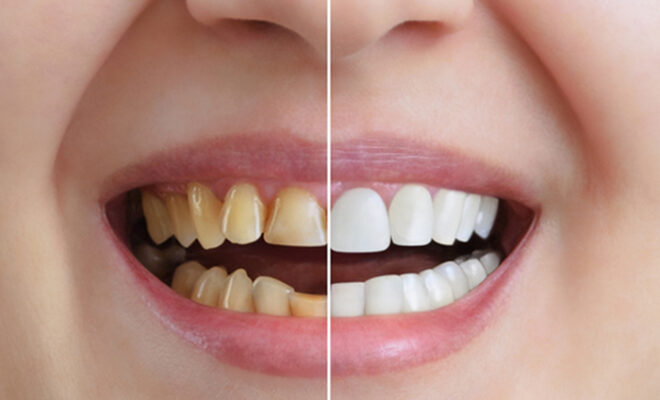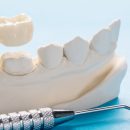Beyond Detox: The Role of Medication-Assisted Treatment in Long-Term Recovery

Detoxification is most often the immediate step in treating substance use disorders. However, detoxification is not sufficient for maintaining recovery. Addiction-Medication-Assisted Therapy (MAT) becomes an important part of recovery as it provides support in an individual’s medical treatment for sobriety and general improvement in the quality of life.
What is Medication-Assisted Treatment (MAT)?
A MAT integrates counselling and therapy services with FDA-approved medications into the overall treatment that helps individuals addicted to opioids or other substances and their addictions from alcohol and other forms of substance use. You can contact the drug rehab in utahfor more information.
The goals of MAT treatments include;
- Reducing Cravings
- Alleviating Symptoms of Withdrawal
- Preventing Relapse
- Supporting Long-Term Recovery
MAT is not a miraculous cure, rather, it is a type of long-term treatment tool useful in conjunction with other psychotherapy treatments to help one rebuild their life of an individual.
How MAT Functions During the Recovery Process
Such MAT connects the two ends of the physical dependence while expanding the mind to become free to view the psychological and emotional aspects of recovery. MAT, therefore, plays the following roles:
1. Minimizing Withdrawal Symptoms
Withdrawal might be one of the most agonizing and distressing processes in recovery, which can increase the chances of relapse among individuals who wish to stay away from the withdrawal symptoms. MAT will help manage the withdrawal symptoms, thus allowing people to continue their commitment to the plan and healing process.
2. Mental and Emotional Health Promotion
Reduces cravings and prevents relapse, which enables individuals to optimize participation in counselling, therapy, and behavioral treatments. The synergy of both provides a psychological and physical direction for understanding the addiction.
3. Relapse Prevention
MAT has proven to be effective in relapse prevention, especially for recovering women from opioid or alcohol addiction. An example of a medication is methadone, buprenorphine, or naltrexone, which allow individuals to maintain their stability while learning healthy ways of coping and developing life skills.
Benefits of MAT for Long-Term Recovery
• Improved Treatment Retention:
MAT increases the chance of continuing in treatment for long enough to affect a lifetime of success.
• Better Quality of Life:
Stabilizes cravings and withdrawal symptoms, enabling people to rebuild their personal and professional lives, void of addictive pull.
• Whole-Person Recovery:
MAT addresses physical and emotional processes in recovery, making it a complete solution for addiction treatment.
Conclusion
Medication-assisted treatment is one of those important tools for anyone wanting to pursue a long-term sober life. It not only suppresses cravings and withdrawal symptoms but also builds a foundation for starting over in recovery.
When medications are incorporated into therapy, MAT will help provide the basis for rebuilding a person’s life in recovery. If you or someone you know is dealing with addiction, MAT might be the answer to opening a post-addiction success story.









